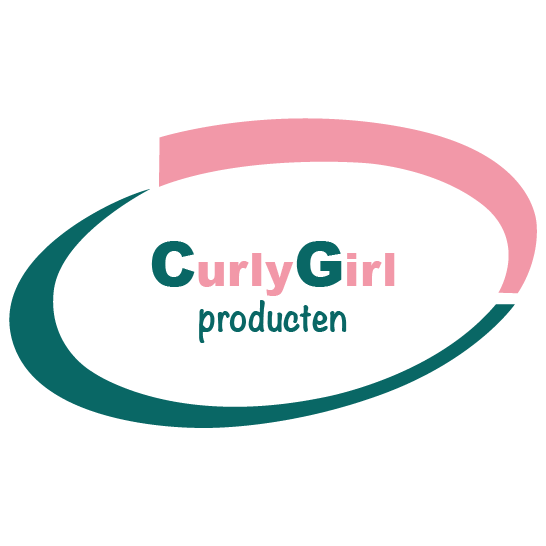Article: Analyzing ingredients

Analyzing ingredients
-
Analyze the ingredients with the isitcg.com
The first step... know what ingredients are in the products you use. That's what www.isitcg.com is very useful for. This “app” breaks down all the ingredients in your products by placing them into categories. This way you can see if there are any common denominators in your routine. Maybe your hair wasn't looking so good, and after running all your products through the app you notice that a lot of them contain coconut, for example - this could be a culprit. Some common ingredients that can cause problems are coconut, aloe, protein, glycerin, shea butter, polyquats, etc.
-
Use the same products for longer periods of time
A good way to know how your hair reacts to a product or ingredient is to use those products over and over again over an extended period of time. It's entirely possible to use a product once or twice and get good results, but if you get consistent results over a longer period of time, it's very likely that those ingredients will work consistently for your hair.
It's good to note that hair can be finicky and products just stop working or the weather can change and it's time to change things up. Suppose you change your washing and styling routine, but keep the same styling products. And if you try a new product and your results are confused... you can compare the ingredients with your favorite products and see if anything differs.
-
Add protein drops
Adding protein drops to a protein-free conditioner, or to your gel, is a great way to determine whether your hair likes protein or not.
First try a wash without the protein drops. On the next wash day, try adding the protein vu to your conditioner. Mix a small amount of the drops with the conditioner in the palm of your hand and condition as usual. Now compare your results, if your hair freshens up on the second wash, then you know your hair likes protein. If it falls flat, feels stiff, or looks fluffy, protein probably isn't your best friend right now. You get the best effect by adding the drops to your styling product. To test, do 1 side with the drops, and the other side without the drops. Analyze the difference.
-
... fall and rise
In this curly hair journey it is trial and error and with time and patience you will start to see a trend of what works and what doesn't for your hair. Sometimes pleasant or unpleasant incidents can help speed up this process.
For example, I was super excited to try a new product line. I thought for sure this was going to be great, but unfortunately I had the worst results ever. I was so disappointed! I tried again...same results. I thought to myself, what is happening here?!?!?
So I checked the ingredients and every product had aloe vera as one of the first two ingredients and wow! I had no idea my hair didn't like aloe vera. So I started removing the aloe vera from my routine and you get the idea... my hair started to spring back and I had good results again!
-
Use a hair journal to track your results
There are several hair apps available that allow you to track your hair results. You can take photos of your hair on wash day and record the products you use. This allows you to look back at your results and easily see which products/ingredients produced the best results. Hair Days is an app you could use. You can also easily do this with your phone camera and photo app by adding a caption to your photos with the details of your laundry day.
So here it is... 5 simple ways to help you understand which ingredients work and don't work for your hair. I hope these tips help you on your curly hair journey.

